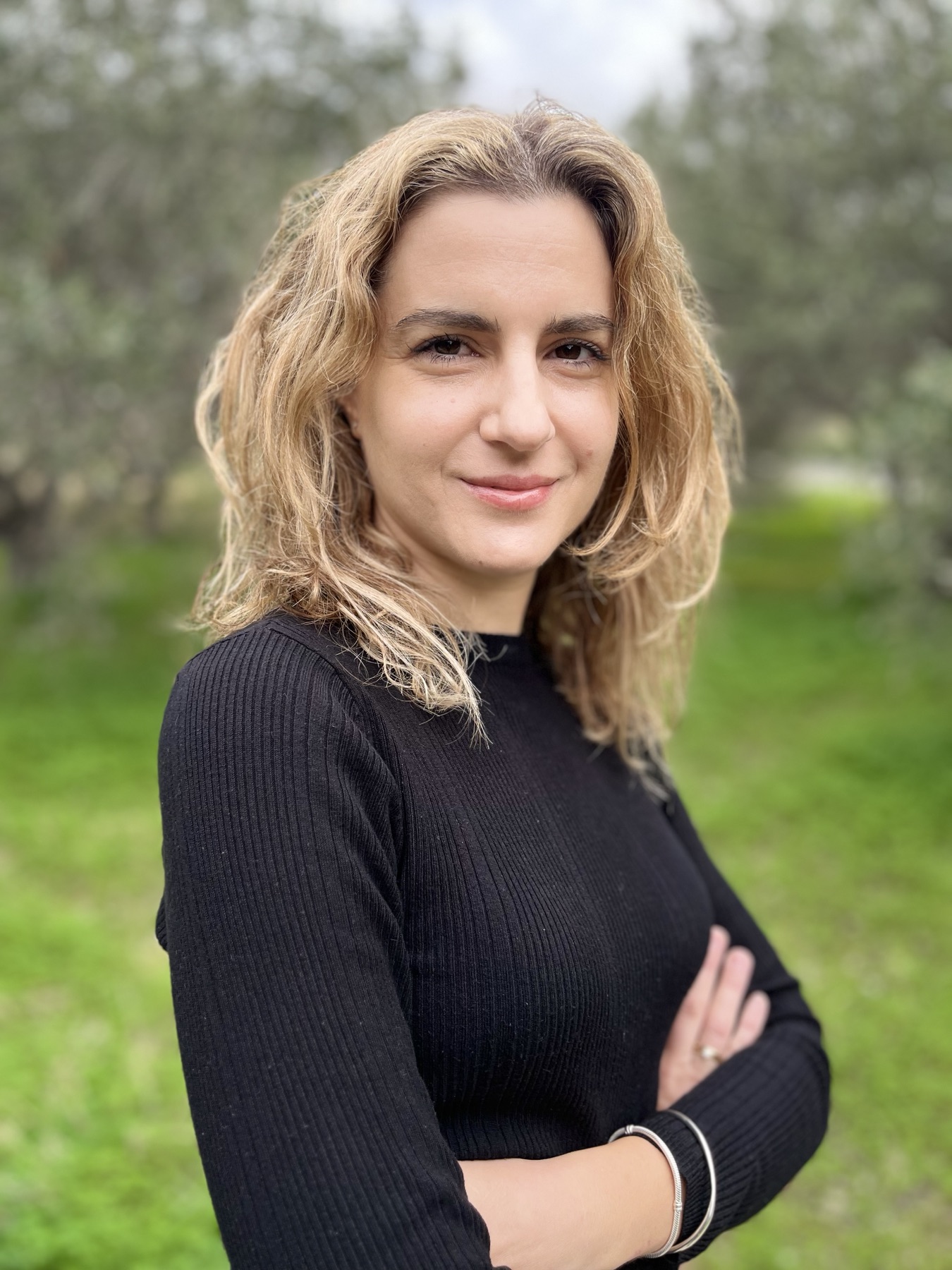Dr. Christina Stangel earned her B.Sc. in Chemistry from the University of Crete, Greece, in 2007. She completed her M.Sc. in Inorganic Chemistry in 2010 at the same university, focusing on aqueous–organic biphasic catalysis. In 2015, she obtained her Ph.D. in Inorganic Chemistry, from the University of Crete, specializing in porphyrin–fullerene supramolecular electron donor-acceptor systems for energy conversion applications. During her Ph.D., she spent three months as a visiting researcher at the Interdisciplinary Center for Molecular Materials (ICMM), Department of Chemistry and Pharmacy, Friedrich-Alexander University Erlangen-Nürnberg, Germany. Following her doctoral studies, she worked as a postdoctoral research associate at the Theoretical and Physical Chemistry Institute (TPCI) of the National Hellenic Research Foundation, Athens, Greece. Her research focused on the chemical modification of carbon-based materials, including fullerenes, carbon nanohorns, and 2D materials such as layered transition metal dichalcogenides (MoS₂, WS₂) and graphene for applications in electrocatalysis, drug delivery and energy conversion systems. Throughout her career, she has been actively involved in numerous European and Greece-EU co-financed research projects. In 2024, she relocated to Crete, where she joined IESL/FORTH as a project manager at the Stratakis Lab, Ultrafast Laser Micro and Nano Processing Laboratory.
Selected publications:
- Preclinical evaluation of modified carbon nanohorns and their complexation with insulin,” C. Stangel‡, A. Kagkoura‡, N. Pippa, D. Stellas, M. Zhang, T. Okazaki, C. Demetzos, N. Tagmatarchis, Nanoscale Adv., 2023, Advance Article. DOI: 10.1039/D3NA00471F (‡Equal contribution)
- Photo/electrocatalytic hydrogen peroxide production by manganese and iron porphyrin/molybdenum disulfide nanoensembles”, D. Perivoliotis‡, C. Stangel‡, Y. Sato, K. Suenaga, N. Tagmatarchis, Small 2022, 2203032. DOI: 10.1002/smll.202203032 (‡Equal contribution)
- Electrocatalytic activity for proton reduction by a covalent non-metal graphene–fullerene hybrid,” D. D. Chronopoulos‡, C. Stangel‡,M. Scheibe, K. Čépe, N. Tagmatarchis, M. Otyepka, Chem. Comm. 2022, 58, 8396. DOI: 10.1039/D2CC02272A (‡Equal contribution)
- Ion-selective crown ether covalently grafted onto chemically exfoliated MoS2 as biological fluids sensor,” A. Stergiou‡, C. Stangel‡, R. Canton-Vitoria, R. Kitaura, N. Tagmatarchis, Nanoscale 2021,13, 8948. DOI: 10.1039/D1NR00404B (‡Equal contribution)
- Tuning the reorganization energy of electron transfer in supramolecular ensembles – metalloporphyrin, oligophenylenevinylenes, and fullerene – and the impact on electron transfer kinetics,” C. Stangel‡, C. Schubert‡, S. Kuhri, G. Rotas, J. T. Margraf, E. Regulsk, T. Clark, T. Torres, N. Tagmatarchis, D. M. Guldi, A. G. Coutsolelos, Nanoscale 2015, 7, 2597. DOI: 10.1039/C4NR05165C (‡Equal contribution)
